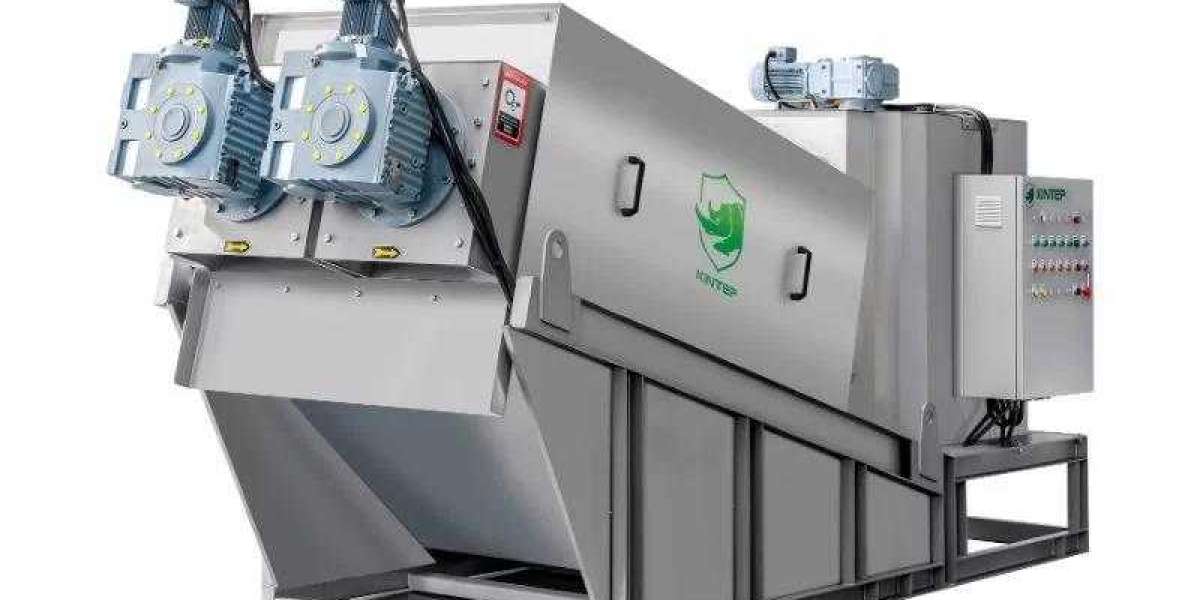Introduction of geotube sludge dewatering
Kintep designs and manufactures sludge dewatering geotubes and geotechnical bags according to the customer's specifications or some special requirements.
Kintep's sludge dewatering Geotubes are woven from industrial PP monofilaments.
The key and special structure of this cloth with its perforations allows water to drain while the strength of the material traps the solid particles inside the tube. This efficient and economical Geotubes sludge dewatering system facilitates the treatment of sludge while preventing damage to the environment.
We produce sludge dewatering Geotubes in our workshop using our woven fabric. sizes can be made to customer orders.
We have our own competitive advantage in terms of price and quality compared to other companies' products.
Applications of Geotubes sludge dewatering
Cleaning of reservoirs and storage tanks
Cleaning and restoration of lakes, streams and other waterways
Cleaning of reservoirs containing organic and inorganic sludge from industrial sources
Solutions for maintaining aeration and sedimentation tanks in wastewater treatment facilities
Reduce the cost of removing agricultural sludge by backwashing sand and sludge filters in biodigesters
Advantages of Geotubes sludge dewatering
High yield compared to other solutions
Good filtrate quality
Ability to remove about 99% of all solids
No environmental hazards - such as odors
Cost-effective.
How Geotubes sludge dewatering works
The material is pumped into the Geotubes and polymers are added to induce flocculation, thereby increasing the separation efficiency between solids and liquids.
More than 99% of the solids are retained in the Geotubes, while the filtered water is discharged from the geotubes and collected for reuse or returned to the pumped reservoir.
Filling and dewatering are performed in several cycles to maximize the use of the vessel. At the end of the final fill/dewatering cycle, the solids in the Geotube continue to consolidate as the self-weight of the sludge remaining in the Geotube causes more water to gush out through the woven fabric. The solids trapped in the Geotube are moved to an appropriate location (composting, waste disposal site, hazardous material disposal site) or for additional processing.



